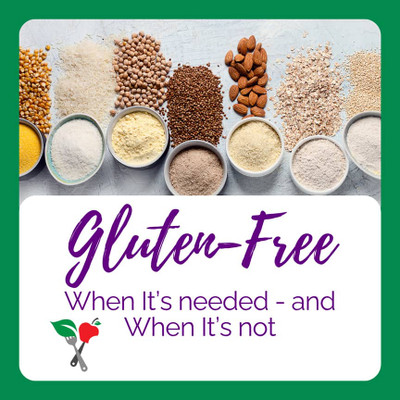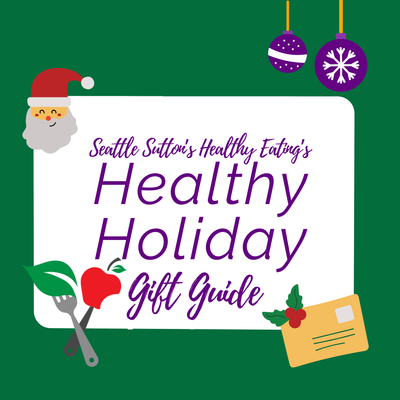Iron is a mineral that plays a vital role in health and wellbeing. Without it, many bodily functions would malfunction. Unfortunately, iron deficiency is one of the most common nutrient deficiencies in America, as well as all over world.
Who is at Risk?
The group most at risk for iron deficiency is women, and more specifically women in their childbearing years and pregnant women. It can easily be understood how women, and pregnant women particularly can become deficient in iron. The amount of iron needed in one’s diet varies by age and sex. Adult men need about 8 mg of iron per day, whereas pregnant women should be consuming 27 mg per day and women 19-to-50-years old need about 18 mg.
The Primary Role of Iron
The primary role of iron is to carry oxygen in the blood to every cell in the body. Iron is an important component of hemoglobin, the protein in red blood cells that carries oxygen from the lungs and transports it throughout the body. If your body doesn't have enough iron, it cannot produce enough healthy oxygen-carrying red blood cells. This lack of oxygenated blood can cause a host of problems.
Iron Deficiency Symptoms
Exhaustion and fatigue is a telltale sign that your body is not getting enough iron, although it may be the most difficult to link to iron deficiency. People lacking enough iron in their blood often feel sluggish, weak and unable to focus. Though fatigue can be the sign of numerous conditions, if it does not go away with adequate rest, consider having your iron levels checked.
Because red blood cells help to transport oxygen to the spleen, one of the most important organs that fight infection, iron deficiency can cause immune systems to be compromised thus making that person more susceptible to infections.
Even physical appearances can be affected by iron deficiency. Skin can become very pale because hemoglobin gives skin its rosy-color, therefore low levels cause the skin to become lighter. Lack of oxygen can also cause muscles to enlarge and become painful, most notably the tongue can become swollen and cracks on the side of the mouth are also common. Swelling in legs is also a common symptom of low iron, as well as coldness in hands and feet.
How to Prevent Iron Deficiency
One of the best protections from iron deficiency is to consume adequate amounts of iron. There are two types of iron: heme iron from animal sources and non-heme iron from plant sources. Heme iron is absorbed more readily by the blood. So while many plant-based foods are high in iron, they aren’t as readily absorbed by the body as much as foods with heme iron.
Foods that Prevent Iron Deficiency
Consuming foods with high amounts of heme iron like meat, poultry, seafood and fish can significantly help low iron levels and other foods high in iron like dark, leafy green vegetables, legumes, dried fruit, and whole grain or enriched cereals and bread should also be consumed regularly.
Foods to Avoid
Another way to help increase iron levels is by avoiding some foods, at least during meal times, and including others. Drinking coffee, milk, or tea with iron-rich meals should be avoided, as calcium inhibits iron absorption. And on the other hand, consuming vitamin C containing foods and drinks with iron-rich foods aids in absorption.
Looking for more healthy eating tips? Check out the Seattle Sutton's Healthy Eating Blog for the latest updates and advice in healthy eating and weight loss. Better yet, try one of our meal plans and experience how we earned our reputation as weight loss experts.
Start Your Healthy Journey Today!
Order NowFind More By Category







 Weight Loss
Weight Loss Health & Wellness
Health & Wellness Diabetes
Diabetes Heart Health
Heart Health Motherhood & Family
Motherhood & Family Dietary Restriction
Dietary Restriction Other Health Conditions
Other Health Conditions About SSHE
About SSHE


